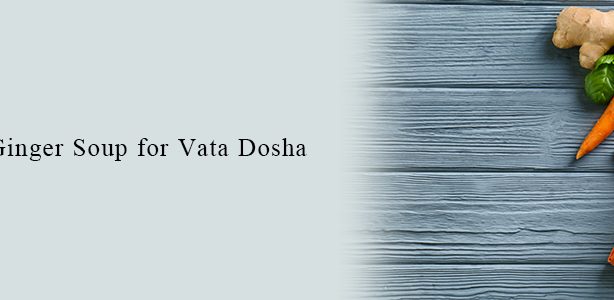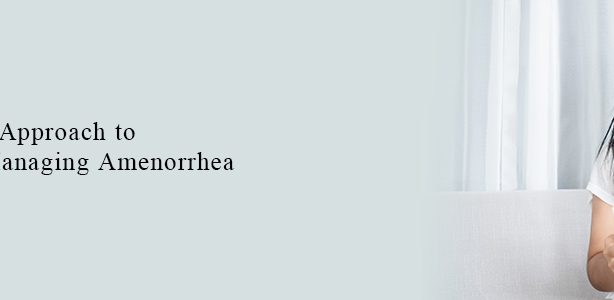Holidays are not just about celebrations and food. They are also a time to reboot yourself and start a new you. And the first step to reboot is to detox first. People often clean up their houses, gardens, and cupboards but forget to detox the essential part of it all—themselves. Every day and even every minute, the body and mind are getting cluttered with negativity, pollutants, unhealthy foods, and stress.
Regular detoxing the body and mind with the help of Ayurveda has been a part of Indian culture since time immemorial, but it’s only now that the West is catching up with the concept. According to Ayurveda, detoxing one’s body is a crucial and mandatory step for any kind of healing and lays out several procedures for it. The basis of these practices is the core concept of Ayurveda which is that every human body is made up of the three doshas – Vata, Pitta, and Kapha – in different ratios. The detoxes cleanse the body of impurities and toxins, and all the healing practices aim to restore the balance of the doshas. All procedures should be done only under the supervision of Ayurveda experts. Here is a basic Ayurvedic detox procedure.
Panchakarma
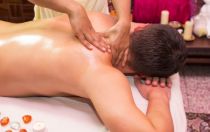
Panchakarma, or the five procedures as the word means, refers to whole-body detox. The first stage of Panchakarma is called Purvakarma, the preliminary step to prepare the body for Panchakarma. All the harmful toxins in the body are stimulated by Swedana (induced sweating) using steam baths and Snehana (massage therapy with herbal oils).
The five procedures are:
Virechanam: It refers to the therapeutic purgation of the intestines using herbal powders and pastes. The elimination of toxins using a therapeutic laxative is believed to help diseases like jaundice and haemorrhoids.
Vamanam: It refers to therapeutic vomiting through herbal medicinal treatment and is induced to eliminate Kapha and excess mucus. Vamanam is ideal for treating lung diseases and colds, coughs, and congestion.
Basti: It refers to therapeutic massages and enemas using warm oils. This therapy is believed to help obesity as well as Vata diseases like joint pains, paralysis, constipation, arthritis, and fertility problems.
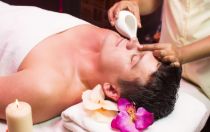
Rakta moksha: A procedure that should be done only by experts, Rakta Moksha, refers to bloodletting or removing toxins from the blood using various methods like controlled leech bites and puncturing the skin. The procedure benefits skin diseases, herpes, abscesses, ulcers, and gout.
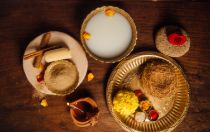 Nasya: Nasyam is administering medicated oils into the nostrils to clear the nasal passages and sinus cavities. As a first step, the patient is given a neck and shoulder massage, which leads to sweating. Toxins in the sinus, nose, and head are eliminated during nasyam, and it is believed to be beneficial for chest congestion, sinusitis, migraine, and chronic cold.
Nasya: Nasyam is administering medicated oils into the nostrils to clear the nasal passages and sinus cavities. As a first step, the patient is given a neck and shoulder massage, which leads to sweating. Toxins in the sinus, nose, and head are eliminated during nasyam, and it is believed to be beneficial for chest congestion, sinusitis, migraine, and chronic cold.
However, these are not standalone procedures and should be accompanied by diet and lifestyle changes if the patient has to benefit fully from them. Following the Panchakarma, the patient should take only simple meals of rice and dal for a few days. They are also advised to practice stress-relieving breathing exercises, meditation, and yoga.


